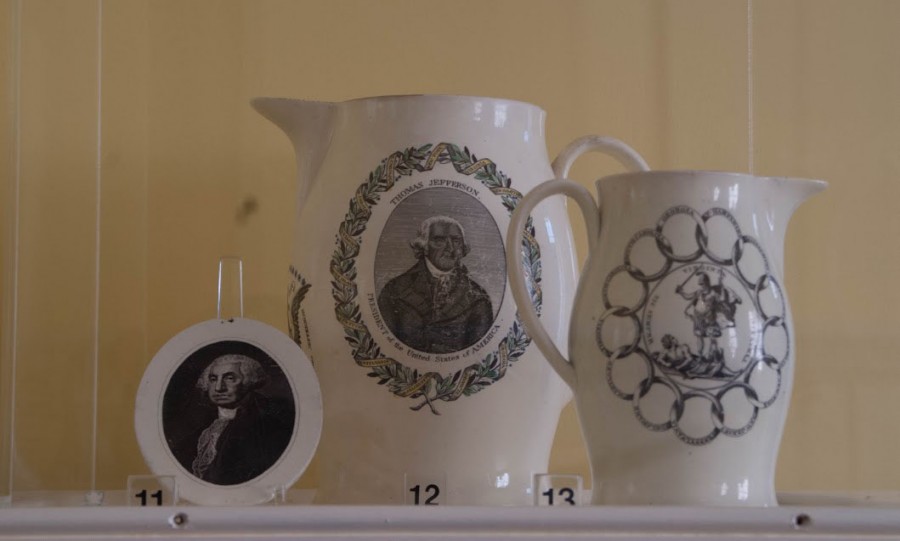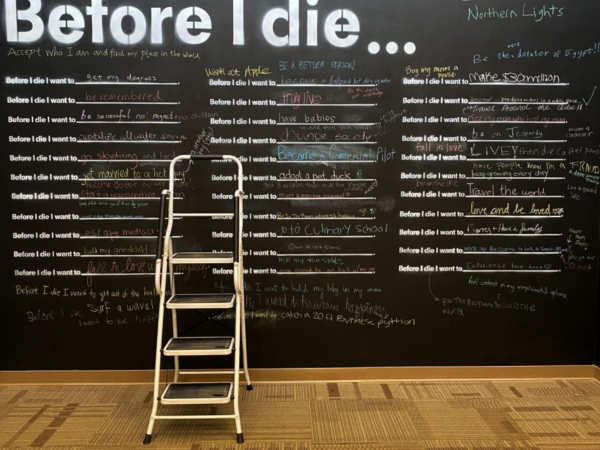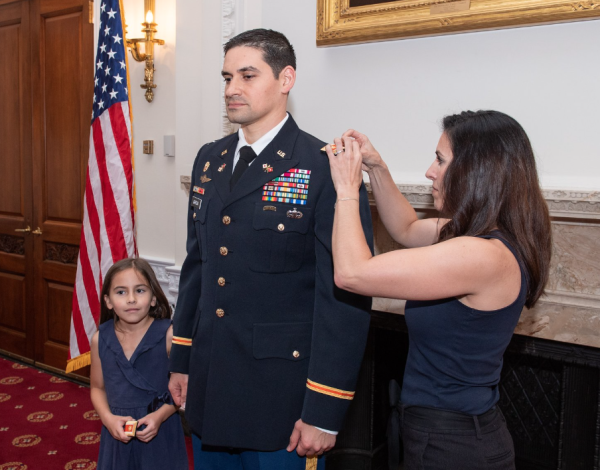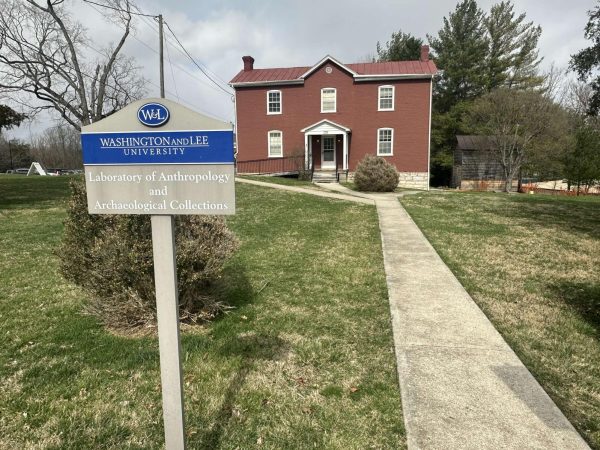Reeves Center, Watson Pavilion preserve history
Reeves Center houses fourth-largest collection of Chinese export porcelain in US
The Reeves Center, which officially reopened Jan. 22, will now remain open to the public from 9 a.m. to 4 p.m. Monday through Saturday. Photo by Katie Pettit
February 8, 2015
Amid Washington and Lee’s widespread construction, there is one section of campus that will remain entirely engrossed in history. The Reeves Center and Watson Pavilion currently house the fourth-largest collection of Chinese export porcelain in the United States and provide students, faculty, staff and community members a glance into the everyday lives of the people of antiquity.
Officially reopened to the public on Jan. 22, the Reeves Center and Watson Pavilion will now remain open from 9 a.m. to 4 p.m. Monday through Saturday.
The Reeves Center began in 1967 with a donation of around 4,000 ceramic pieces from Euchlin D. Reeves, an alumnus, and his wife. The Center officially opened as a museum in 1982 and the Watson Pavilion opened in 1992.
In addition to the rare compilation of ancient Chinese pottery that spans around 4,000 years, the Reeves Center also features 20th-century painter Louise Herreshoff’s paintings, the Custis-Lee paintings, the tea room and a special exhibition of porcelain replacements from around the world.
Reeves Center curator Ron Fuchs, who received undergraduate degrees in Archaeology and American History and a masters in American Material Culture, says most universities have art collections but what distinguishes W&L’s is its emphasis on ceramics.
Rivaled only by the assortments found in major national museums like the Metropolitan Museum of Art in New York City and the Peabody Essex Museum in Massachusetts, W&L’s ceramics collection is unique in that it is used a teaching tool.
“I think [ceramics] are a good way to understand about how people lived, how trade patterns work. I find them fascinating,” Fuchs said. “We’re unusual in that we have such a strong ceramics collection that we use for teaching.”
History professor Stephanie Stillo, who takes all of her classes to the Reeves Center, said she was immediately drawn to it when she arrived at W&L.
“The Reeves Center offers a unique and intimate window into the lives of the people we study,” Stillo said. “Exploring history through a physical collection allows students to move beyond their textbooks and connect with the past through the objects and rituals that gave meaning to everyday life.”
Stillo recently took her origins of consumer culture course to the Center where students learned the importance of early modern dining and even sampled 18th-century hot chocolate out of authentic porcelain.
Christina Cheadle ‘16 worked at the Reeves Center and Watson Pavilion over the summer and said she had the opportunity to handle materials like Robert E. Lee’s personal possessions and Andy Warhol prints.
“The Reeves Center and Watson Pavillon are really hidden gems on campus,” Cheadle said. “I wish more students would learn about all of the great pieces they both house.”
Fuchs said he hopes the same. He said the Reeves Center holds pieces that can engage all kinds of people with varying interests.
“I think ceramics can be used to tell lots of different stories,” he said. “I think anyone who comes can find something that they either find pretty, or interesting or curious.”















